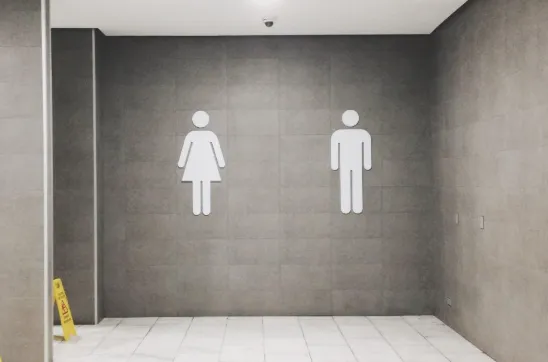
Dealing with an Overactive Bladder
Dealing with an Overactive Bladder
Women deal with a lot of medical conditions and have a higher risk for certain diseases, from heart disease to menopause. Another medical condition that women often have a higher risk of than men is an overactive bladder. This affects millions of people in the U.S. alone, and can be really frustrating to live with. The following information helps you understand overactive bladder and get a better handle on it.
About Overactive Bladder
First of all, it helps to know a little more about what an overactive bladder is and how it might affect you. In the United States alone, about 33 million men and women suffer from an overactive bladder, even more when you are looking at the worldwide numbers. There are about 10% more women than men with this condition, looking at approximately 40 percent of adult women with the condition. Since this is often an embarrassing affliction, many people will not visit their doctor and instead look for natural and home treatments. It is essential that you understand what happens when you have overactive bladder so you know if a visit to your doctor is warranted.
How it Affects You
Having an overactive bladder means that you will get an urge to urinate immediately. There are often no warning signs, and if you can’t get to a bathroom fast enough, you may suffer an accident. This is also known as urine incontinence. This can create feelings of severe panic and anxiety any time you are not at home or not near a restroom. Aside from the sudden urge to urinate, you may find that with an overactive bladder you also urinate more frequently and that as soon as you feel the need to urinate, you have an accidental leak of urine involuntarily. If you wake up multiple times at night to urinate consistently, that can be another very common sign of this condition.
What Can Be Done About It
If you're dealing with incontinence or an overactive bladder, know that you're not alone—and that there are effective strategies to help you manage it. One of the best first steps is to consult a pelvic floor physical therapist. These specialists can assess your pelvic muscle function and guide you through exercises and therapies that strengthen bladder control and reduce urgency.
There are also lifestyle adjustments you can make at home that can significantly reduce symptoms:
1. Maintain a Healthy Weight
Excess weight puts additional pressure on the bladder, which can worsen urgency and leakage. Even modest weight loss has been shown to improve symptoms in many women.
2. Limit Bladder Irritants
Caffeine, alcohol, carbonated beverages, and artificial sweeteners are known to irritate the bladder lining and increase urgency. Try to reduce or eliminate these from your daily routine and replace them with bladder-friendly alternatives like water and herbal teas.
3. Stop Smoking
Smoking is not only a major bladder irritant but also increases your risk for bladder cancer. Additionally, chronic coughing from smoking can put stress on the pelvic floor, further contributing to incontinence.
4. Balance Blood Sugar
Blood sugar imbalances can irritate the bladder and lead to frequent urination. If you haven’t already, ask your healthcare provider to check your A1c and fasting glucose levels. Focus on a diet low in processed foods and added sugars to help regulate your insulin and support overall bladder health.
5. Strengthen Your Pelvic Floor
In addition to seeing a specialist, you can begin incorporating simple pelvic floor exercises at home, such as Kegels. These exercises help you regain control over bladder function and improve muscle tone in the pelvic area.
6. Stay Active
Regular movement supports circulation, hormone balance, and healthy weight—factors that all influence bladder health. While the fear of leakage might make you want to avoid exercise, staying active is actually one of the best things you can do.
7. Stay Hydrated (Strategically)
It might sound counterintuitive, but not drinking enough water can actually make symptoms worse by concentrating your urine and irritating the bladder. Instead of avoiding fluids, aim to drink consistent amounts of water throughout the day, and reduce intake in the evening to minimize nighttime bathroom trips.
If overactive bladder is interfering with your quality of life, don't ignore it. Too many women think it’s a life sentence once it starts. And it’s not. Getting the right support can significantly improve your symptoms and restore your confidence!